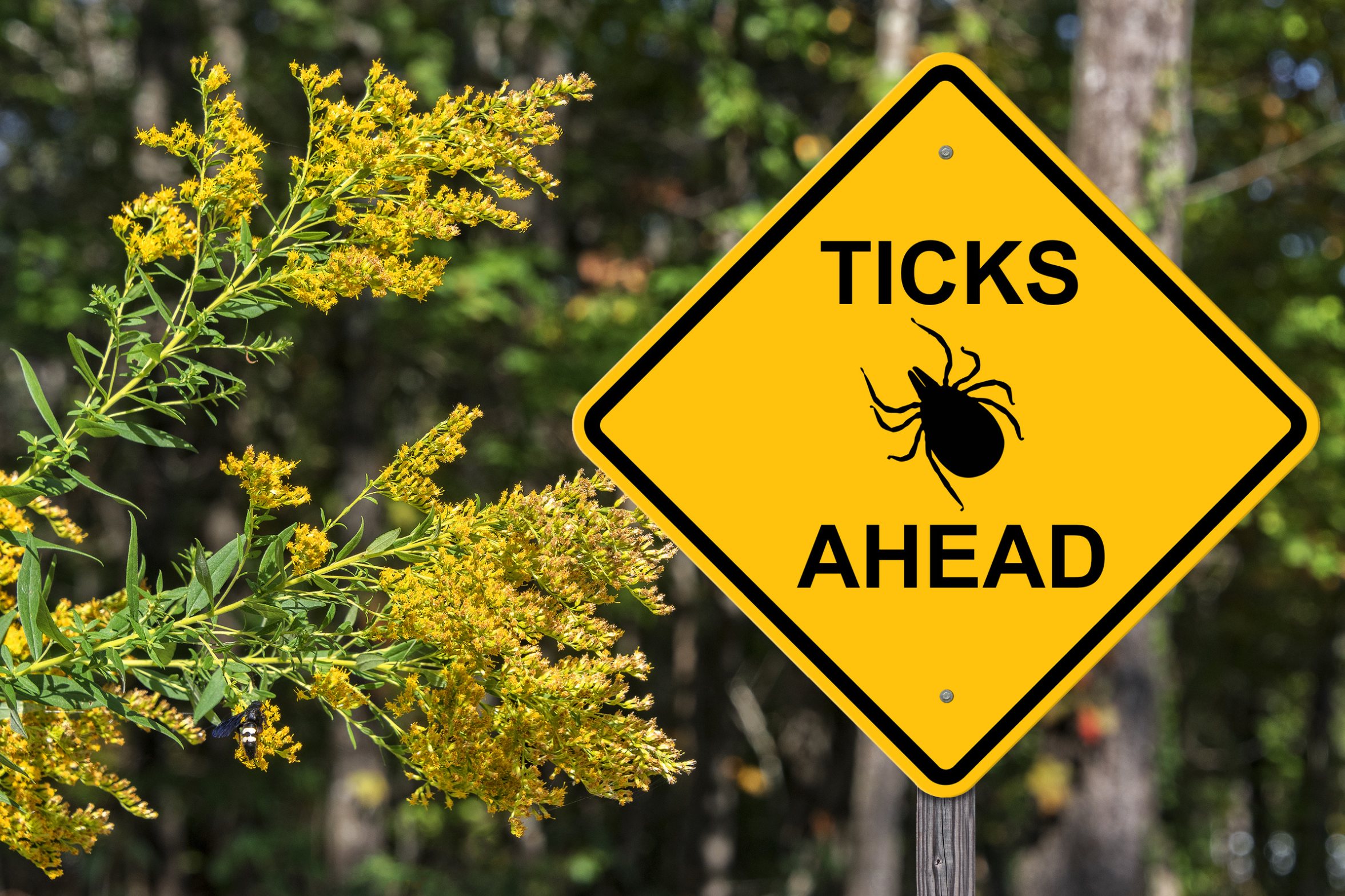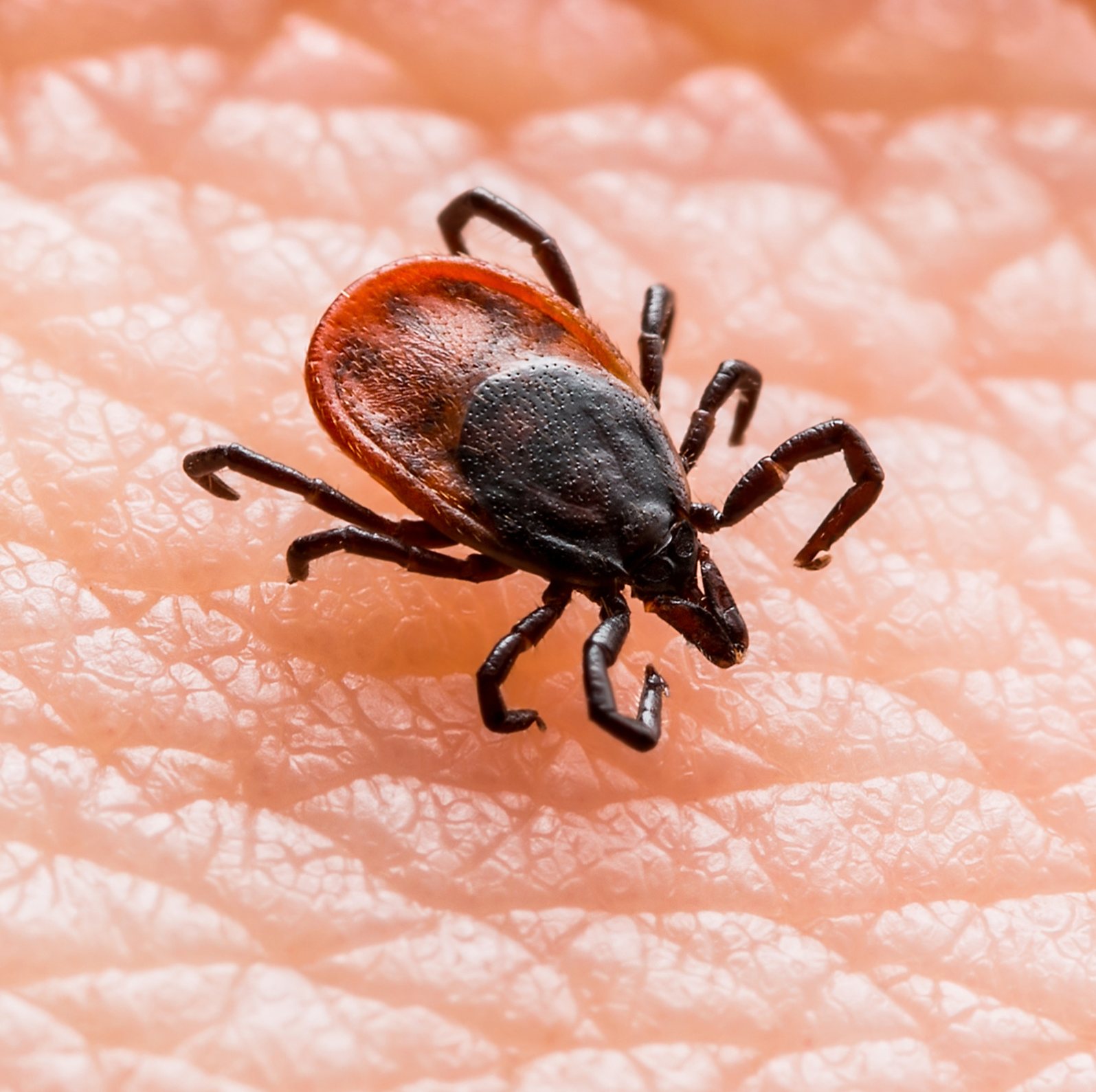Introduction
Welcome to the fascinating world of ticks! While these little critters might not win any popularity contests, they play an intriguing role in our ecosystems and, unfortunately, in the world of human health. Let’s dive into the life and times of ticks, uncovering their secrets from origin to full-grown pests.

Origins and Distribution
Ticks are not just your average backyard pests; they’ve been around since the Cretaceous period, mingling with dinosaurs and outliving them by about 66 million years. Today, they are found on almost every continent, adapting to a range of climates from steamy rainforests to arid deserts. These global hitchhikers can teach us a lot about resilience and adaptation.
Lifecycle of Ticks
Understanding a tick’s lifecycle is key to understanding why they are such successful little survivors. Ticks have four life stages: egg, larva, nymph, and adult. Starting as tiny eggs laid in the environment, they hatch into larvae, which ambitiously latch onto their first hosts. As nymphs and later adults, they continue this ‘host-hopping’ lifestyle. Each stage requires a blood meal to progress to the next, making their relationship with hosts a matter of survival.
Behavior
How do these tiny vampires find their hosts? Ticks are equipped with sensors that can detect breath, body odors, body heat, moisture, and vibrations. Some ticks will perch on the edge of grasses or leaves with their arms outstretched, waiting to grab onto any passing host. This behavior, known as “questing,” may sound like a medieval adventure, and for the ticks, it is!
Conclusion
Now that you’ve had a brief tour of a tick’s life, you’re better prepared to appreciate the complexities of these tiny creatures. Stay tuned for our next discussion, where we’ll unveil the secrets to avoiding these little bloodsuckers and how to remove them safely if they do manage to catch a ride on you.



